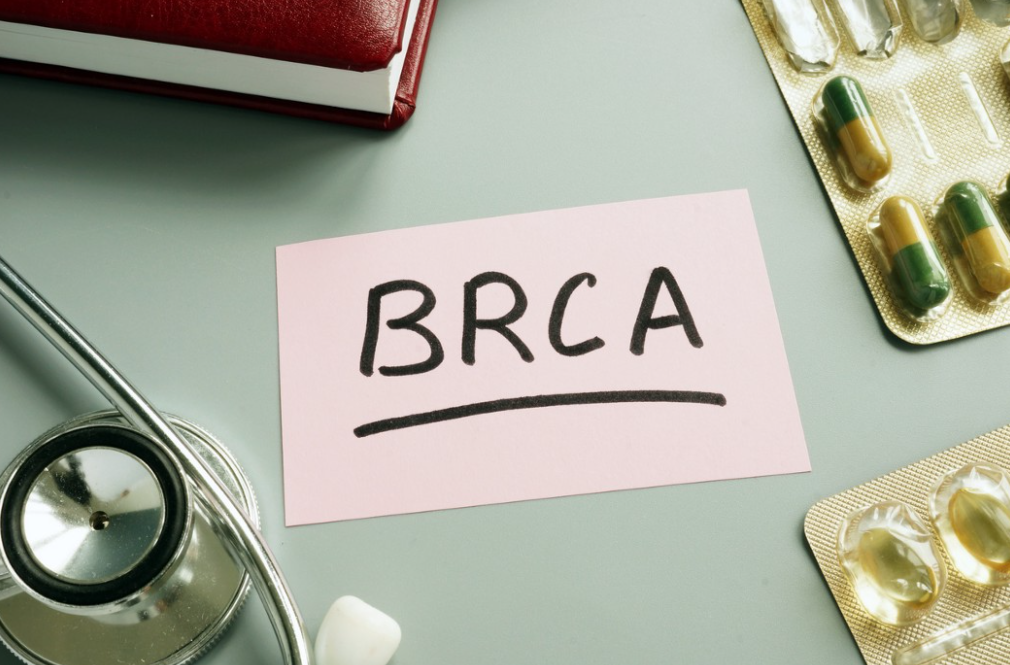
November 17, 2020/
Your genes may hold the secret to breast cancer susceptibility.

Your genes may hold the secret to breast cancer susceptibility.
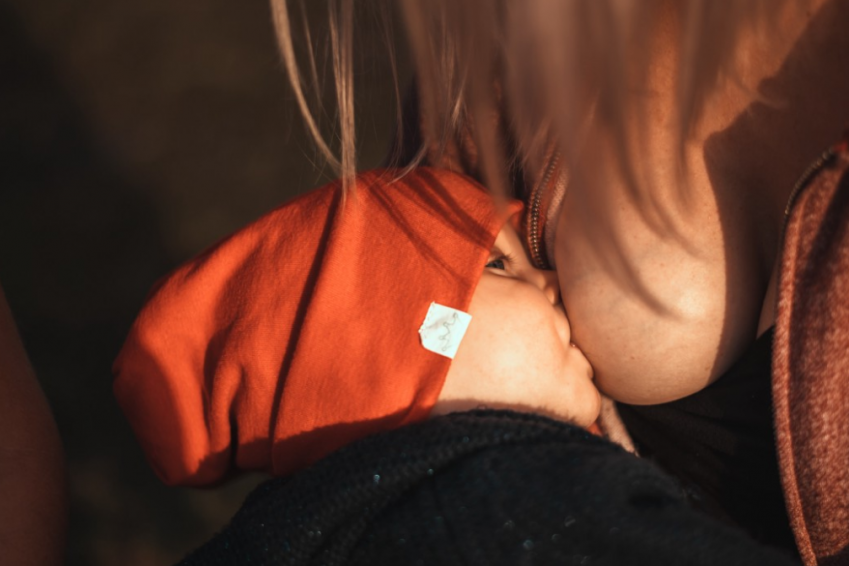
Understanding the mystery of the mammary glands. We all have breasts. Structurally, breasts are simply modified sweat glands. But functionally,...

A few years ago, I found my own breast mass
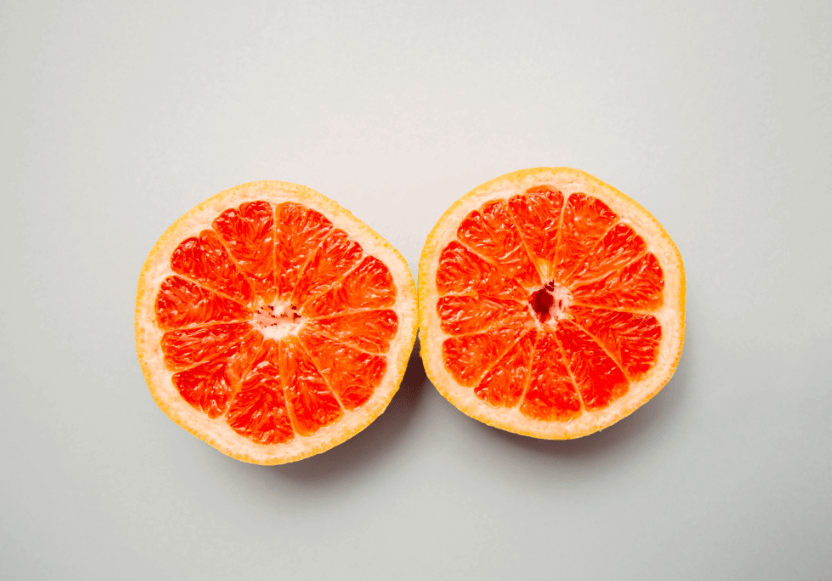
The internet is a fantastic thing — Endless information at our disposal within seconds. While the internet has made it...
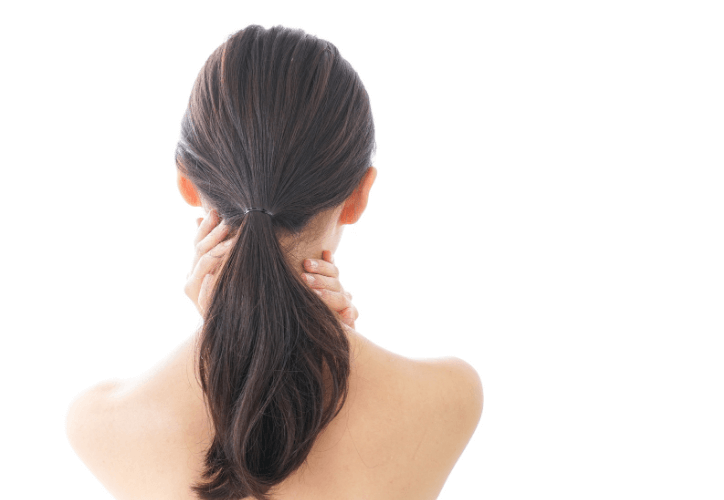
Why do breasts hurt sometimes. Breast pain is common Up to 70% of women will experience breast pain (or mastalgia)...
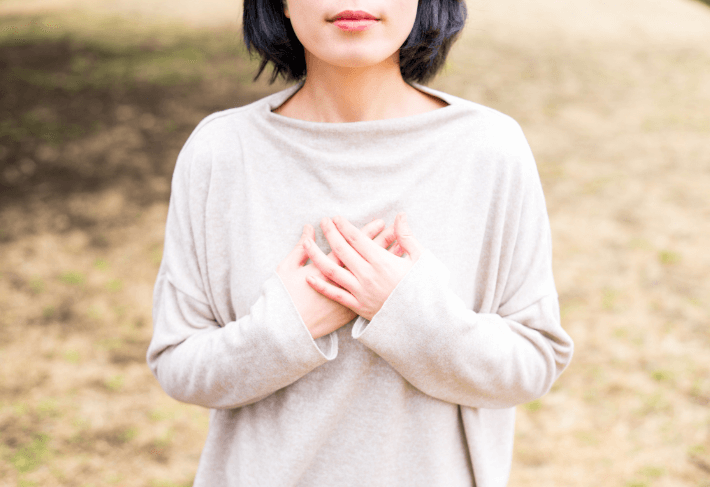
October is Breast Cancer Awareness Month and the best thing you can do is educate yourself.